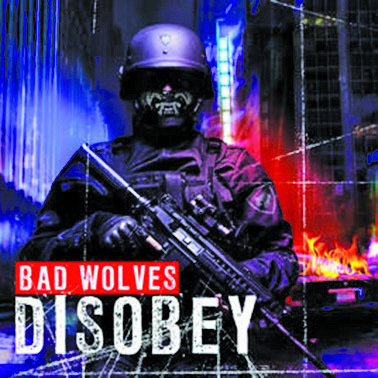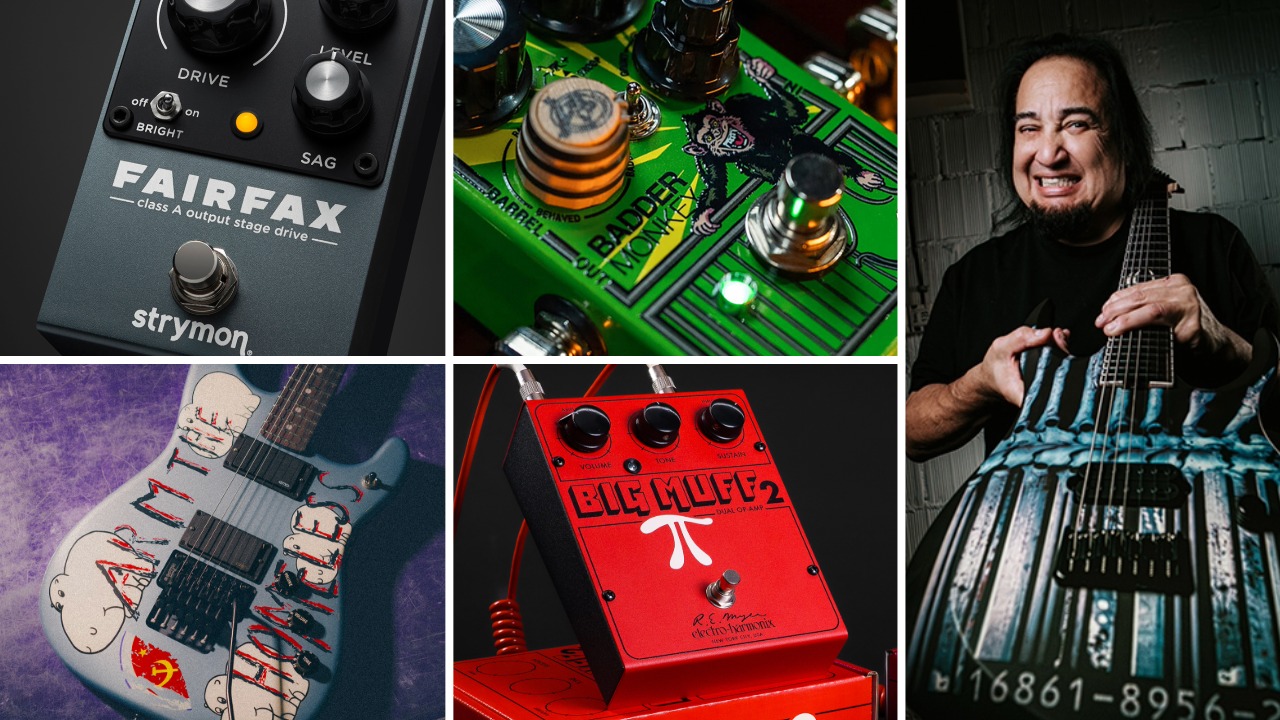What to Remember When Performing Bad Wolves' "Zombie"
When playing through our guitar arrangement of the piano part for the intro and verse sections of “Zombie” (see Gtr. 1), you can best emulate the sound of a piano by allowing all chord notes to ring together as much as possible. The best way to do this is to fret the complete chord shape at the beginning of each bar, rather than attempting to add notes as you go.

Familiarize yourself with the fingerings illustrated at the beginning of the transcription for guidance. Additionally, as you play through the arpeggiated chord melodies, try to keep your fingers “standing tall” on their tips, so as to avoid inadvertently touching and muting any adjacent strings that are supposed to ring.
Guitarists Doc Coyle and Chris Cain repeatedly create an ear-catching moment in the song’s chorus by performing natural harmonics in sync with the drummer’s 16th-note snare drum fill at the end of each four-bar phrase. Indicated in the transcription by the abbreviation “N.H.” a natural harmonic is performed by picking a string while lightly touching it with a frethand finger at a specific point called a node, which is indicated by a tab number, but without pressing the string down to touch the fret.
To play the natural harmonics at the end of bars 18 and 22, lightly place a finger on the A string directly over the fifth fret itself, not in the “box” between the fourth and fifth frets, as you would do when fretting a note conventionally. Pick the string, then lift the finger away from it. Done correctly, the natural harmonic should continue to ring.
For Jeff Perrin's tab of this song, pick up the July 2018 issue of Guitar World.
All the latest guitar news, interviews, lessons, reviews, deals and more, direct to your inbox!
